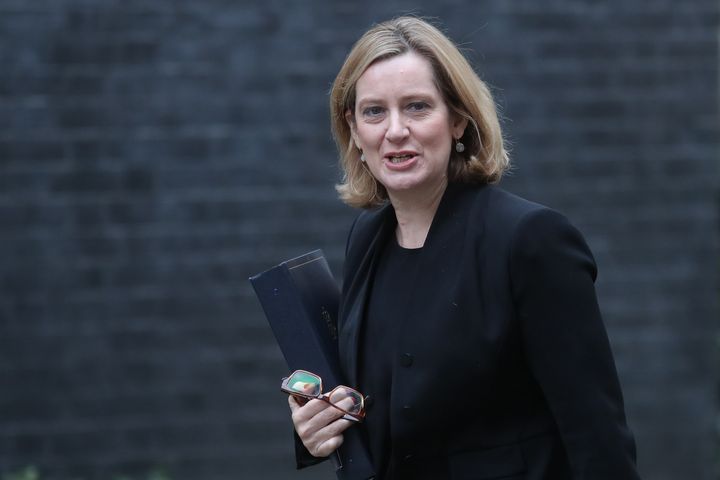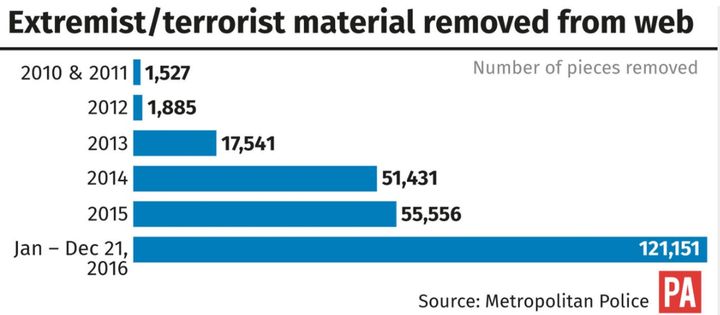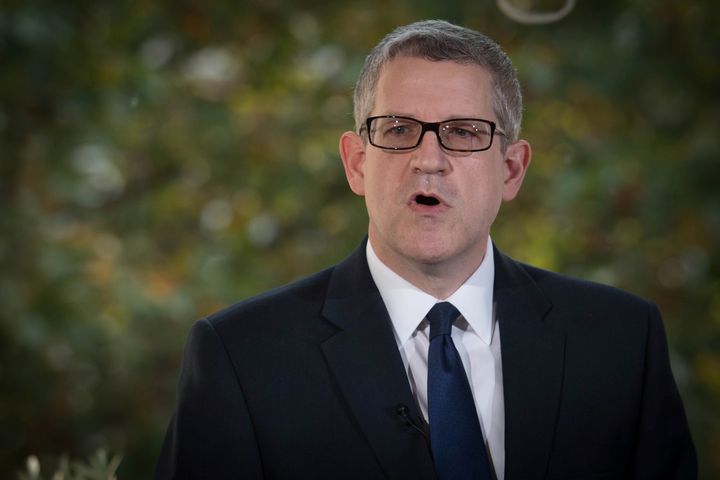Islamic State supporters used 145 new online platforms in the first half of 2017, suggesting they are moving away from major ones that have stepped up anti-extremist efforts.
The 145 are among more than 400 separate online platforms to pump out propaganda last year, Home Office analysis revealed.
The findings emerged as food manufacturer Unilever threatened to withdraw advertising from sites like Google and Facebook if they fail to remove extremist and illegal content.

Government has also unveiled new technology that aims to automatically detect terrorist content before it hits the web.
Tests show the tool can identify 94% of IS propaganda videos and has an extremely high accuracy rate.
Home Secretary Amber Rudd welcomed the breakthrough as she visited Silicon Valley in San Francisco for talks with communications providers and US Secretary of Homeland Security Kirstjen Nielsen.
Rudd praised firms for their work following the launch of a global forum last year but warned there is still more to do.
She said: “I hope this new technology the Home Office has helped develop can support others to go further and faster.
“The purpose of these videos is to incite violence in our communities, recruit people to their cause, and attempt to spread fear in our society.
“We know that automatic technology like this can heavily disrupt the terrorists’ actions, as well as prevent people from ever being exposed to these horrific images.”
- Amber Rudd
Government has also unveiled new technology that aims to automatically detect terrorist content before it hits the web.
Tests show the tool can identify 94% of IS propaganda videos and has an extremely high accuracy rate.
She added: “This Government has been taking the lead worldwide in making sure that vile terrorist content is stamped out.”
Concerns over the availability of material such as execution videos, recruitment campaigns and bomb-making instructions on the internet intensified after a wave of terrorist atrocities hit Britain in 2017.
The Home Office said all five attacks on UK soil last year had an “online component”, and major platforms have come under sustained pressure over the issue.

Andrew Parker, the head of MI5, has said companies have an “ethical responsibility” to help confront the unprecedented threat, while Britain and France are exploring plans that could see platforms face fines if their efforts are not up to scratch.
The Home Office said its analysis demonstrates that supporters of Daesh - another name for IS - used more the online platforms “to push out their poisonous material in 2017”.
This figure includes social media networks as well as sites used for streaming video, downloading content and pasting text.
The research also identified activity on 145 platforms from July until the end of the year that had not been used before.
The Home Office provided £600,000 towards the new automatic detection system.
Using “advanced machine learning”, the technology analyses the audio and visuals of a video to pick out “subtle signals” and determine whether it could be IS propaganda.
Such is the degree of accuracy, if one million randomly selected videos are examined, only 50 would require additional review by a person.
The tool, which was “trained” using more than 1,000 IS videos, can be integrated into the upload process of any platform - meaning the vast bulk of material is stopped before it goes online.

While several major companies have developed their own bespoke technology, the methodology behind the new approach will be shared with smaller firms for free to help them combat abuse of their platforms by terrorists and their supporters.
Marc Warner, founder and chief executive of ASI Data Science, which developed the new model, said: “Lone wolf attacks are hard to spot with conventional surveillance.
“It is a difficult problem if someone is radicalised in their bedroom.
“The way to fight that is to cut the propaganda off at the source. We need to prevent all of these horrible videos ever getting to the sort of people that can be influenced by them.”
He said major organisations such as Google and Facebook “can’t solve this problem alone”.
Warner added: “Even if today they were to solve it on their platforms there would still be 398 places where this would be accessible with just an internet browser.”
